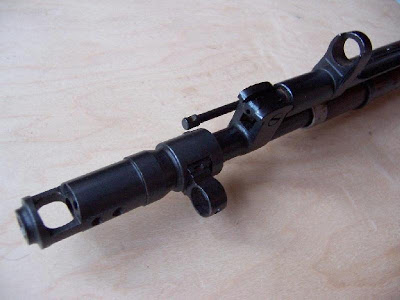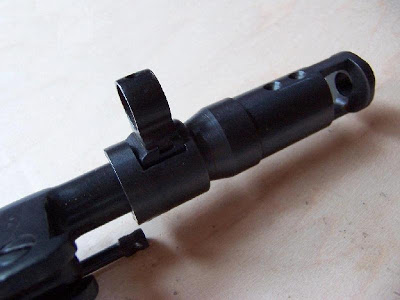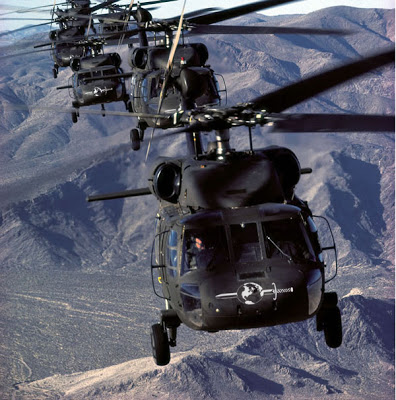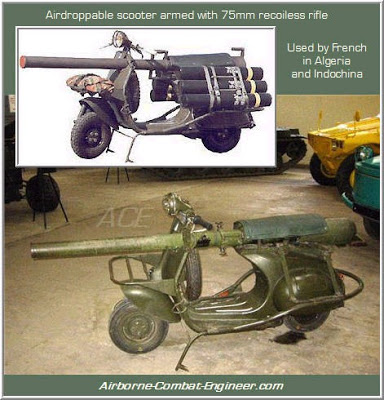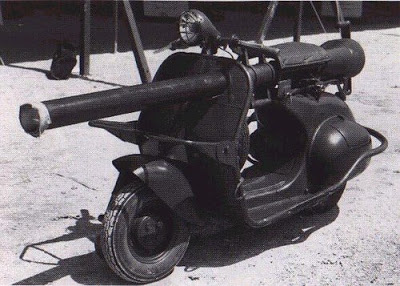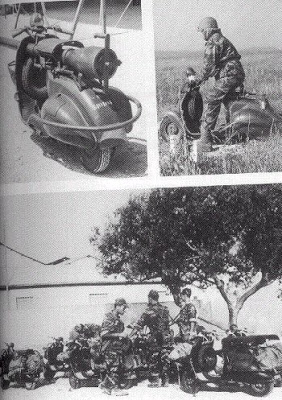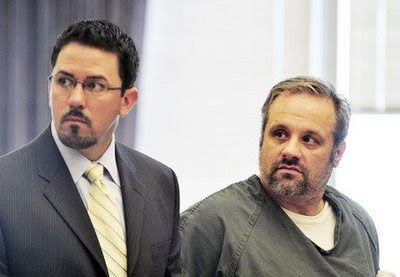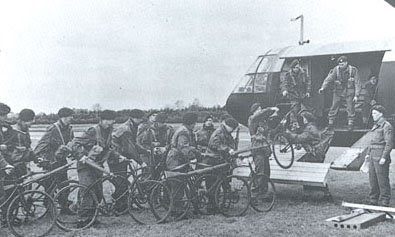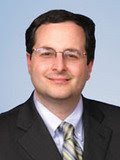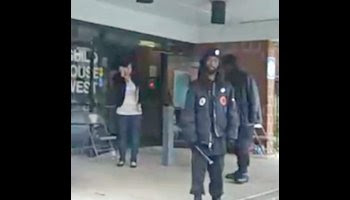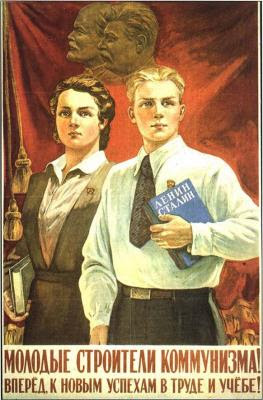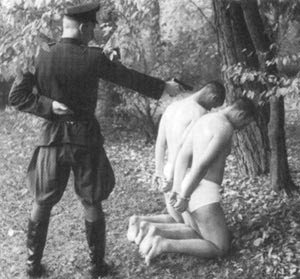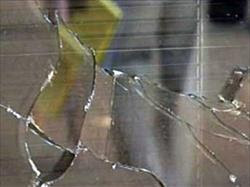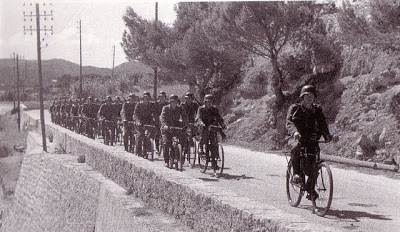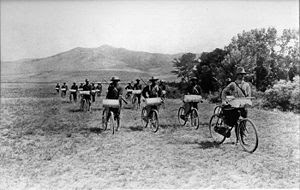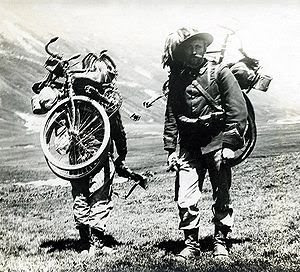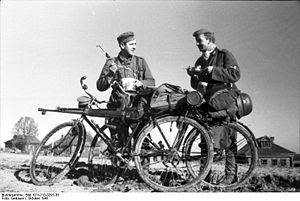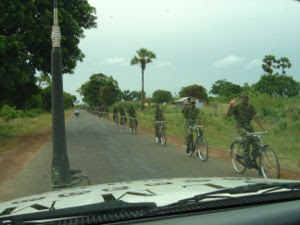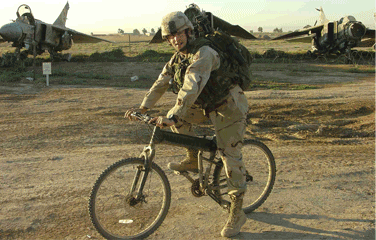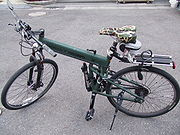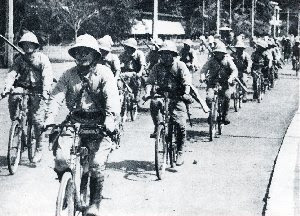 Kenneth E. Melson, Acting Director, Bureau of Alchohol, Tobacco, Firearms and Explosives (tiny head actual size).
Kenneth E. Melson, Acting Director, Bureau of Alchohol, Tobacco, Firearms and Explosives (tiny head actual size).Here's some contact numbers. Print this out and put it on your refrigerator with your 2nd Amendment magnet.
Mike
III
Bureau of Alcohol, Tobacco, Firearms and Explosives [ATF] 99 New York Avenue, NE, Washington, DC 20226
Tel: (202) 648-7777 (General Information)
Tel: (888) 283-3473 (Arson Hotline)
Tel: (888) 283-2662 (Bomb Hotline)
Tel: (888) 283-4867 (Report Illegal Firearms Activity)
Tel: (888) 930-9275 (Firearms Theft Hotline)
Tel: (800) 788-7133 (Firearms Tracing Center)
Tel: (800) 578-7223 (Law Enforcement Use)
Tel: (800) 659-6242 (Report Stolen, Hijacked or Seized Cigarettes)
Tel: (800) 283-8477 (Other Criminal Activity)
Internet: http://www.atf.gov
Description: The Bureau of Alcohol, Tobacco, Firearms and Explosives is a principal law enforcement agency dedicated to preventing terrorism, reducing violent crime, and protecting our Nation. Its responsibilities include the investigation and prevention of federal offenses involving the unlawful use, manufacture, and possession of firearms and explosives, acts of arson and bombings, and illegal trafficking of alcohol and tobacco products. The ATF also regulates via licensing the sale, possession, and transportation of firearms, ammunition, and explosives in interstate commerce.
Fiscal Year: 2006 Budget: $972,000,000 (Budget Outlays)
Number of Employees: 4,884
Click Here to View Regional Map
U.S. Congressional Appropriations Subcommittees: Subcommittee on Commerce, Justice, Science, and Related Agencies; Subcommittee on Commerce, Justice, Science, and Related Agencies
Office of the Director
99 New York Avenue, NE, Suite 5S.100, Washington, DC 20226
Tel: (202) 648-8700
Fax: (202) 648-9622
Director (Acting) Kenneth E. Melson
Presidential Appointment Requiring Senate Confirmation
E-mail: kmelson@law.gwu.edu
Fax: (202) 648-9622
Education: Denison 1970 AB; George Washington 1973 JD
Current Memberships: Distinguished Fellow, American Academy of Forensic Sciences
Career: Assistant Commonwealth’s Attorney, Office of the Commonwealth’s Attorney, County of Arlington, Virginia (1975-1978); Chief Assistant Commonwealth’s Attorney, Office of the Commonwealth’s Attorney, County of Arlington, Virginia (1978-1980); Deputy Commonwealth’s Attorney, Office of the Commonwealth’s Attorney, County of Arlington, Virginia (1980-1983); Assistant U.S. Attorney, Virginia - Eastern District, Executive Office for United States Attorneys (1983-1986); First Assistant U.S. Attorney, Virginia - Eastern District, Executive Office for United States Attorneys (1986-2007); Interim U.S. Attorney, Virginia - Eastern District, Executive
Office for United States Attorneys; President, American Academy of Forensic Sciences; Acting U.S. Attorney, Virginia - Eastern District, Executive Office for United States Attorneys, United States Department of Justice; Director, Executive Office for United States Attorneys, Office of the Deputy Attorney General, United States Department of Justice (2007-2009)
(202) 927-8700
Deputy Director (Acting) William J. Hoover
Career Senior Executive Service (SES) Appointment
E-mail: william.j.hoover@atf.gov
Fax: (202) 648-9622
Education: Shepherd Col
Career: Assistant Special Agent-in-Charge, Louisville (KY) Field Division, Bureau of Alcohol, Tobacco, Firearms and Explosives, United States Department of Justice (2000-2003); Special Agent-in-Charge, Boston (MA) Field Office, Bureau of Alcohol, Tobacco, Firearms and Explosives, United States Department of Justice (2003-2006); Division Director/Agent-in-Charge, Washington (DC) Field Division, Bureau of Alcohol, Tobacco, Firearms and Explosives, United States Department of Justice (2006-2007); Assistant Director, Office of Field Operations, Bureau of Alcohol, Tobacco, Firearms and Explosives, United States Department of Justice (2007-2009)
(202) 648-8710
Chief of Staff (Vacant)
Fax: (202) 648-9622
(202) 648-8700
Bureau Deciding Official G. Elaine Smith
99 New York Avenue, NE, Washington, DC 20226
(202) 648-8700
Ombudsman Marianne Ketels
E-mail: marianne.ketels@atf.gov
99 New York Avenue, NE, Suite 3E.490, Washington, DC 20226
(202) 648-8750
Strategic Planning Office Chief Christopher Pellettiere
99 New York Avenue, NE, Suite 5E.407, Washington, DC 20226
Career: Assistant Special Agent-in-Charge, Miami, Bureau of Alcohol,
Tobacco, Firearms and Explosives, United States Department of Justice
(202) 648-6042
Office of Chief Counsel [OCC]
99 New York Avenue, NE, Washington, DC 20226
Fax: (202) 648-9600
Chief Counsel Stephen R. Rubenstein
Career Senior Executive Service (SES) Appointment
Fax: (202) 648-9600
E-mail: stephen.rubenstein@atf.gov
(202) 648-7000
Deputy Chief Counsel Teresa G. Ficaretta
Career Senior Executive Service (SES) Appointment
Fax: (202) 648-9600
E-mail: teresa.ficaretta@atf.gov
Career: Associate Chief Counsel for Firearms, Explosives and Arson, Office of Chief Counsel, Bureau of Alcohol, Tobacco, Firearms and Explosives, United States Department of Justice
(202) 648-7000
Associate Chief Counsel for Administration and Ethics Eleaner Loos
Fax: (202) 648-9610
E-mail: eleaner.loos@atf.gov
(202) 648-7000
Associate Chief Counsel for Disclosure and Forfeiture Barry S. Orlow
Fax: (202) 648-9620
E-mail: barry.orlow@atf.gov
(202) 648-7000
Associate Chief Counsel for Firearms, Explosives and Arson Eric Epstein
Fax: (202) 648-9620
E-mail: eric.epstein@atf.gov
(202) 648-7000
Associate Chief Counsel for Litigation Joel J. Roessner
Fax: (202) 648-9610
E-mail: joel.roessner@atf.gov
(202) 648-7000
Senior Counsel, Field Operations Anne Marie Paskalis
Fax: (202) 648-9620
E-mail: annemarie.paskalis@atf.gov
Career: Senior Attorney, Assistant Chief Counsel - New York (NY), Bureau of Alcohol, Tobacco, Firearms and Explosives, United States Department of Justice
(202) 648-7000
Division Counsel - Atlanta (GA)
2600 Century Parkway, NE, Suite 335, Atlanta, GA 30345
Tel: (404) 417-2690
Fax: (404) 417-2691
Division Counsel Melissa Delvecchio
Fax: (404) 417-2691
(404) 417-2690
Legal Technician Marilyn Wyzykowski
Fax: (404) 417-2691
E-mail: marilyn.wyzykowski@atf.gov
(404) 417-2690
Assistant Chief Counsel - Chicago (IL)
525 West Van Buren Street, Suite 600, Chicago, IL 60607
Tel: (312) 846-8890
Fax: (312) 846-8891
Assistant Chief Counsel John P. Pendley
Fax: (312) 846-8891
E-mail: john.pendley@atf.gov
(312) 846-8892
Legal Technician Alice Jerling
E-mail: alice.jerling@atf.gov
Fax: (312) 846-8891
(312) 846-8893
Division Counsel - Columbus (OH)
37 West Broad Street, Columbus, OH 43215
Tel: (614) 827-8400
Fax: (614) 827-8401
Areas Covered: IN, OH
Division Counsel Joyce T. Rybak
E-mail: joyce.rybak@atf.gov
Fax: (614) 827-8401
(614) 827-8400
Division Counsel - Louisville (KY)
600 Dr. Martin Luther King Jr. Place, Room 354, Louisville, KY 40202
Tel: (502) 753-3507
Fax: (502) 753-3501
Areas Covered: KY
Division Counsel Mark J. Lowney
E-mail: mark.lowney@atf.gov
Fax: (502) 753-3501
(502) 753-3507
Assistant Chief Counsel - Dallas (TX)
1114 Commerce Street, Room 303, Dallas, TX 75242-1004
Tel: (469) 227-4440
Fax: (469) 227-4435
Assistant Chief Counsel Greg Serrs
Fax: (469) 227-4435
(469) 227-4440
Associate Chief Counsel - Northeast
The Curtis Center, 601 Walnut Street, Philadelphia, PA 19106
Tel: (215) 446-7836
Fax: (215) 446-7831
Associate Chief Counsel Jeffrey A. Cohen
Fax: (215) 446-7831
Career: Assistant Chief Counsel, New York (NY) Field Division, Bureau of Alcohol, Tobacco, Firearms and Explosives, United States Department of Justice; Assistant Chief Counsel, Division Counsel- New York (NY), Bureau of Alcohol, Tobacco, Firearms and Explosives, United States Department of Justice
(215) 446-7836
Division Counsel - Baltimore (MD)
31 Hopkins Plaza, 5th Floor, Baltimore, MD 21201
Tel: (443) 965-2000
Division Counsel Nancy Oliver (443) 965-2000
Division Counsel - Boston (MA)
10 Causeway Street, Boston, MA 02222-1047
Tel: (617) 557-1214
Areas Covered: MA
Division Counsel S. Roy Chabra
E-mail: s.chabra@atf.gov
Fax: (617) 557-1201
(617) 557-1200
Division Counsel - Newark (NJ)
One Garret Mountain Plaza, Suite 500, Woodland Park, NJ 07424
Tel: (973) 413-1179
Division Counsel Lisa A. Jakubcyzk (973) 413-1179
Division Counsel- New York (NY)
241 37th Street, 3rd Floor, Brooklyn, NY 11232
Tel: (718) 541-0388
Fax: (718) 650-4091
Division Counsel Matthew Myerson
Fax: (718) 650-4091
E-mail: matthew.myerson@atf.gov
Career: Attorney, Division Counsel- New York (NY), Bureau of Alcohol, Tobacco, Firearms and Explosives, United States Department of Justice
(718) 541-0388
Division Counsel - Philadelphia (PA)
The Curtis Center, 601 Walnut Street, Suite 1000E, Philadelphia, PA 19106
Tel: (215) 446-7836
Fax: (215) 446-7831
Areas Covered: DE, MD, NJ, PA
Division Counsel J. Kevin White
Fax: (215) 446-7831
E-mail: j.white@atf.gov
(215) 446-7833
Division Counsel - Washington (DC)
1401 H Street, NW, 9th Floor, Washington, DC 20005
Tel: (202) 648-8010
Fax: (202) 648-8001
Areas Covered: DC
Division Counsel James Vann
Fax: (202) 648-8001
(202) 648-8119
Assistant Chief Counsel - San Francisco (CA)
5601 Arnold Road, Suite 400, Dublin, CA 94568
Tel: (925) 479-7500
Fax: (925) 829-7608
Areas Covered: CA, GU, HI, ID, NV, OR, WA
Assistant Chief Counsel Larry L. Nickell
Fax: (925) 829-7608
E-mail: larry.nickell@atf.gov
 Slip-on SKS/AK muzzle brake mounted on a Mosin-Nagant M-44.
Slip-on SKS/AK muzzle brake mounted on a Mosin-Nagant M-44.